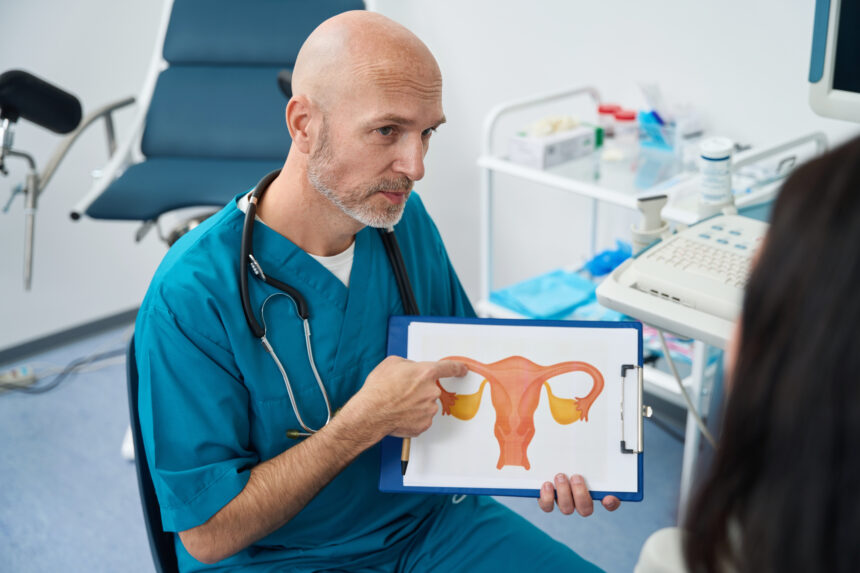Understanding Cervical Cancer: Risk Factors and the Importance of the Pap Smear
Cervical cancer remains a significant health concern for women worldwide, with the World Health Organization estimating that in 2020, there were approximately 604,000 new cases and 342,000 deaths due to the disease. Despite advancements in prevention and treatment, understanding the risk factors associated with cervical cancer and the critical role of the Pap smear in early detection is essential for reducing incidence and mortality rates.
What is Cervical Cancer?
Cervical cancer originates in the cells of the cervix, the lower part of the uterus that connects to the vagina. The majority of cervical cancer cases are linked to persistent infection with high-risk types of human papillomavirus (HPV), a sexually transmitted infection. While HPV is common and often resolves on its own, certain strains can lead to cancer over time.
Key Risk Factors for Cervical Cancer
Several risk factors can increase a woman’s likelihood of developing cervical cancer. Understanding these factors is crucial for prevention and early intervention.
- Human Papillomavirus (HPV) Infection: The primary risk factor for cervical cancer is persistent infection with high-risk HPV types, particularly HPV 16 and 18, which are responsible for approximately 70% of cervical cancer cases.
- Smoking: Women who smoke are about twice as likely to develop cervical cancer compared to non-smokers. The harmful chemicals in tobacco can damage the DNA of cervical cells.
- Immunosuppression: Women with weakened immune systems, such as those living with HIV/AIDS, are at a higher risk for cervical cancer due to their inability to clear HPV infections effectively.
- Long-term Use of Oral Contraceptives: Studies suggest that women who use oral contraceptives for five or more years may have an increased risk of cervical cancer.
- Multiple Full-Term Pregnancies: Having three or more full-term pregnancies has been associated with an increased risk of cervical cancer, possibly due to hormonal changes and the immune response during pregnancy.
- Early Sexual Activity: Engaging in sexual activity at a young age increases the risk of HPV exposure, which can lead to cervical cancer.
- Multiple Sexual Partners: Having multiple sexual partners increases the likelihood of HPV infection, thereby raising the risk of cervical cancer.
The Importance of the Pap Smear
The Pap smear, or Pap test, is a crucial screening tool for cervical cancer. It involves collecting cells from the cervix to detect precancerous changes and HPV infections. Regular Pap smears can significantly reduce the incidence of cervical cancer through early detection and treatment.
How the Pap Smear Works
The Pap smear is typically recommended for women starting at age 21, regardless of sexual history. The frequency of testing may vary based on age and health history:
- Women aged 21-29 should have a Pap smear every three years.
- Women aged 30-65 should have a Pap smear combined with HPV testing every five years or a Pap smear alone every three years.
- Women over 65 may stop screening if they have had regular screenings with normal results in the past.
Benefits of Regular Pap Smears
Regular Pap smears offer several benefits:
- Early Detection: The test can identify precancerous changes in cervical cells, allowing for timely intervention.
- Reduced Mortality Rates: Studies show that regular screening has led to a significant decline in cervical cancer deaths.
- HPV Testing: Many Pap tests now include HPV testing, which can further assess the risk of developing cervical cancer.
Conclusion
Cervical cancer is a preventable disease, and understanding its risk factors is vital for women’s health. Regular Pap smears play a crucial role in early detection and treatment, significantly reducing the risk of developing cervical cancer. By prioritizing regular screenings and being aware of personal risk factors, women can take proactive steps toward safeguarding their health. Education and awareness are key components in the fight against cervical cancer, empowering women to make informed decisions about their health and well-being.
